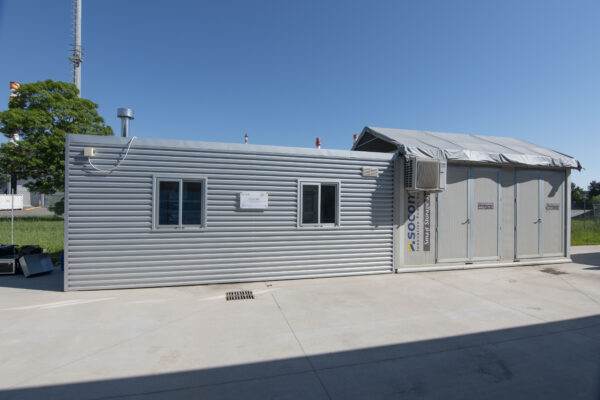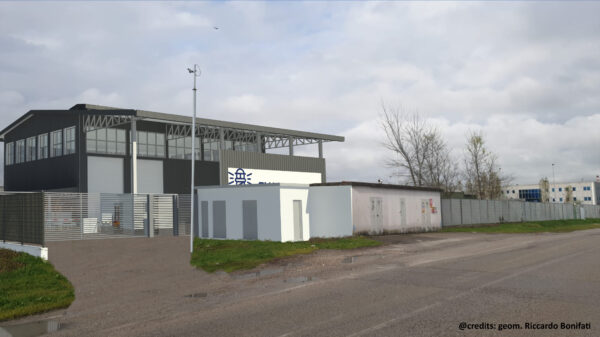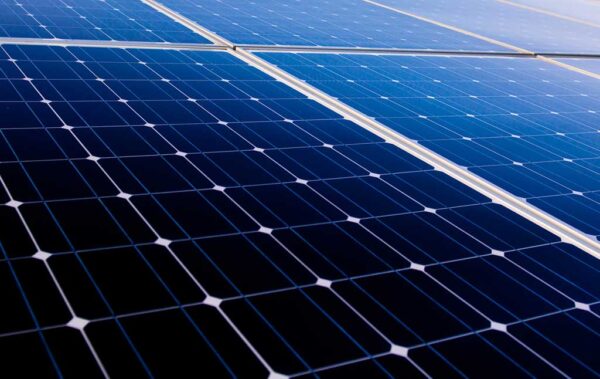The innovative process for recovering materials from photovoltaic panels tested on a pilot scale.
problem and opportunity
The photovoltaic technology (PV) is one of the most eco-friendly and promising for our planet:
5x
Therefore, the global solar PV modules reached an installed capacity of 940 GW in 2021 and according to the International Energy Agency this value is predicted to increase to 5 TW by 2050.
Starting from the know-how aquired in the ReSiELP project, since 2020 9-Tech has developed a new, efficient and cost-effective process.
The thermo-mechanical treatment has been validated in our pilot plant and is being industrialized, but there are many more studies going on for the complete valorisation of raw materials from pv panels recycling.
Photovoltaic panels recycling
Other projects on recycling photovotaic panels
The project to build a 4500 t/year recycling plant of photovoltaic panels in Porto Marghera (Venice)
Discover the other 9-Tech projects for the recycling of photovoltaic panels







